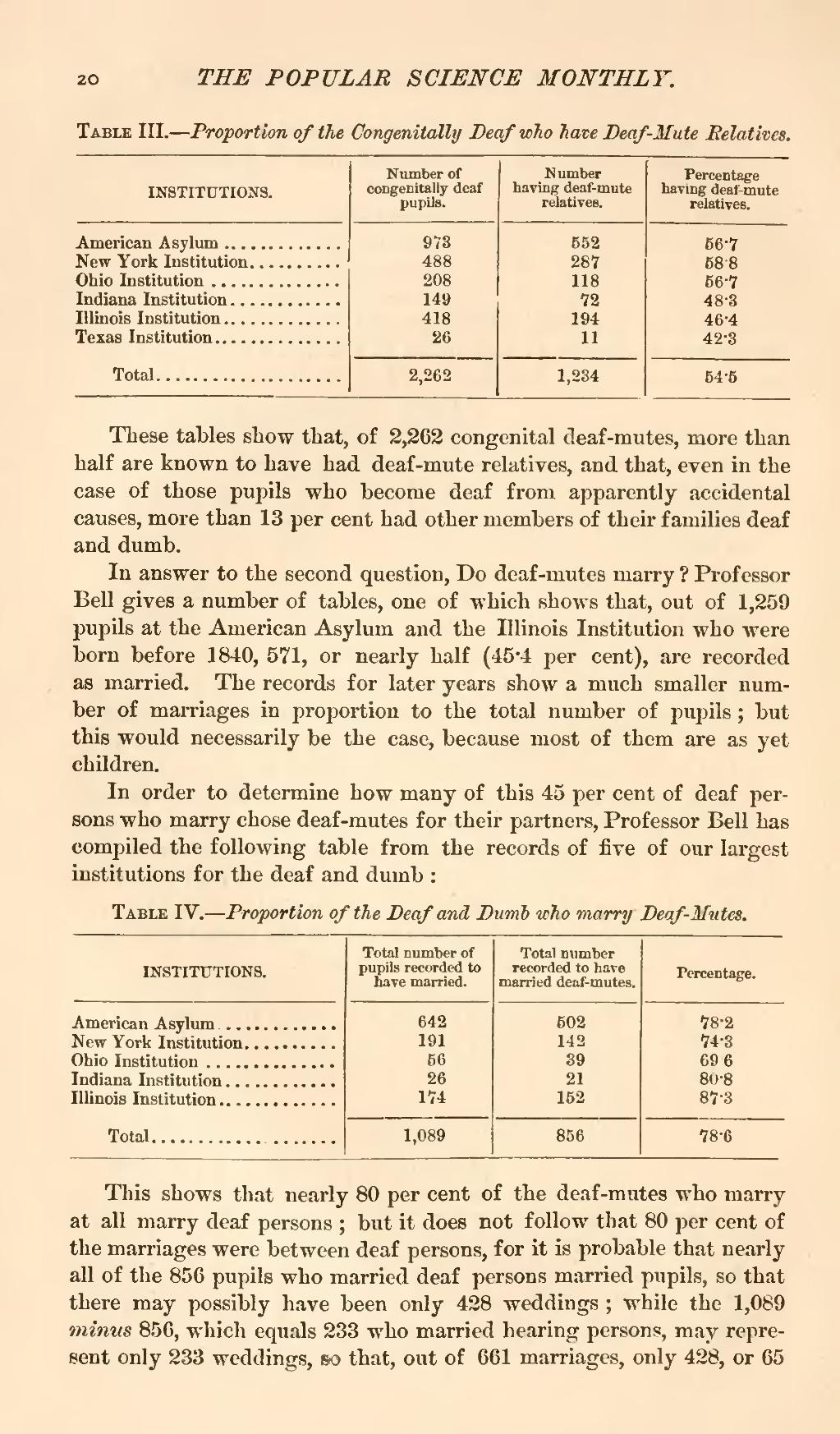Table III.—Proportion of the Congenitally Deaf who have Deaf-Mute Relatives.
| INSTITUTIONS. | Number of congenitally deaf pupils. |
Number having deaf-mute relatives. |
Percentage having deaf-mute relatives. |
| American Asylum | 973 | 552 | 5·67 |
| New York Institution | 488 | 287 | 5·88 |
| Ohio Institution | 208 | 118 | 5·67 |
| Indiana Institution | 149 | 72 | 4·83 |
| Illinois Institution | 418 | 194 | 4·23 |
| Texas Institution | 26 | 11 | 4·23 |
| Total | 2,262 | 1,234 | 54·5 |
These tables show that, of 2,262 congenital deaf-mutes, more than half are known to have had deaf-mute relatives, and that, even in the case of those pupils who become deaf from apparently accidental causes, more than 13 per cent had other members of their families deaf and dumb.
In answer to the second question, Do deaf-mutes marry? Professor Bell gives a number of tables, one of which shows that, out of 1,259 pupils at the American Asylum and the Illinois Institution who were born before 1840, 571, or nearly half (45·4 per cent), are recorded as married. The records for later years show a much smaller number of marriages in proportion to the total number of pupils; but this would necessarily be the case, because most of them are as yet children.
In order to determine how many of this 45 per cent of deaf persons who marry chose deaf-mutes for their partners, Professor Bell has compiled the following table from the records of five of our largest institutions for the deaf and dumb:
Table IV.—Proportion of the Deaf and Dumb who marry Deaf-Mutes.
| INSTITUTIONS. | Total number of pupils recorded to have married. |
Total number recorded to have married deaf-mutes. |
Percentage. |
| American Asylum | 642 | 502 | 78·2 |
| New York Institution | 191 | 142 | 74·3 |
| Ohio Institution | 56 | 39 | 69·6 |
| Indiana Institution | 26 | 21 | 80·8 |
| Illinois Institution | 174 | 151 | 87·3 |
| Total | 1,089 | 856 | 78·6 |
This shows that nearly 80 per cent of the deaf-mutes who marry at all marry deaf persons; but it does not follow that 80 per cent of the marriages were between deaf persons, for it is probable that nearly all of the 856 pupils who married deaf persons married pupils, so that there may possibly have been only 428 weddings; while the 1,089 minus 856, which equals 233 who married hearing persons, may represent only 233 weddings, so that, out of 661 marriages, only 428, or 65
